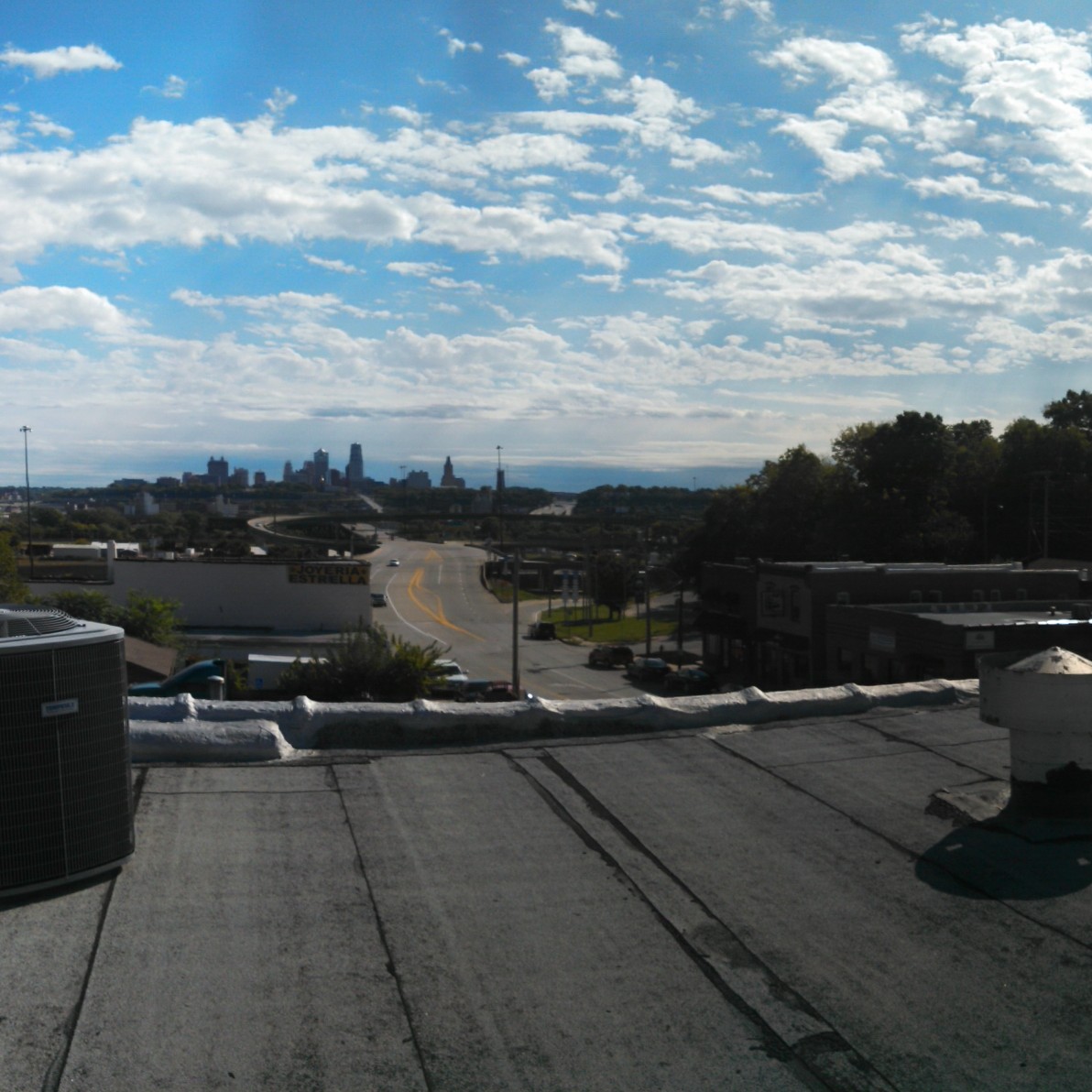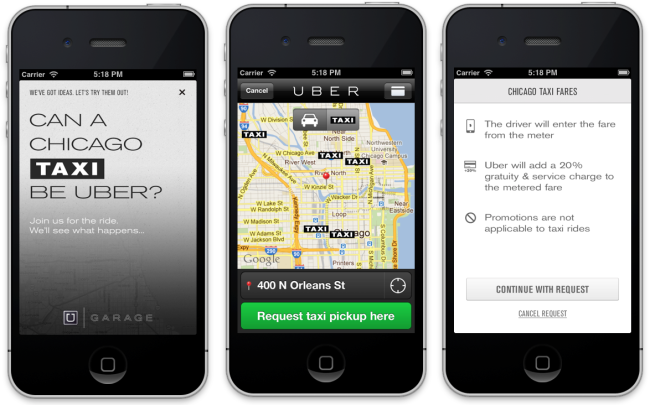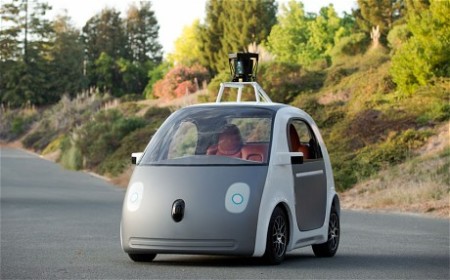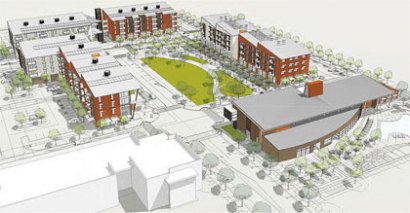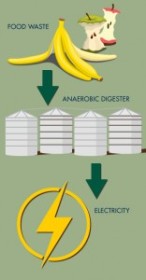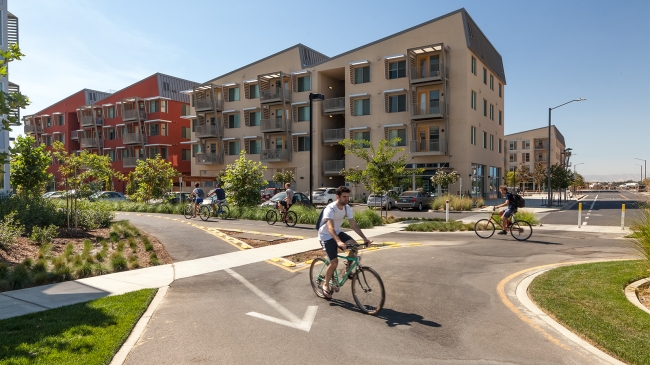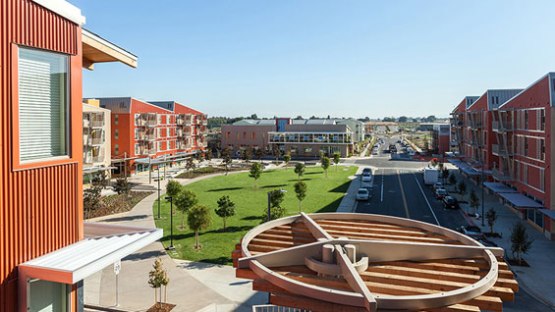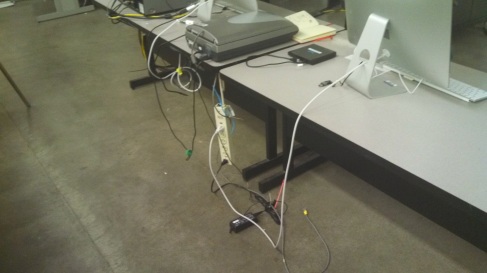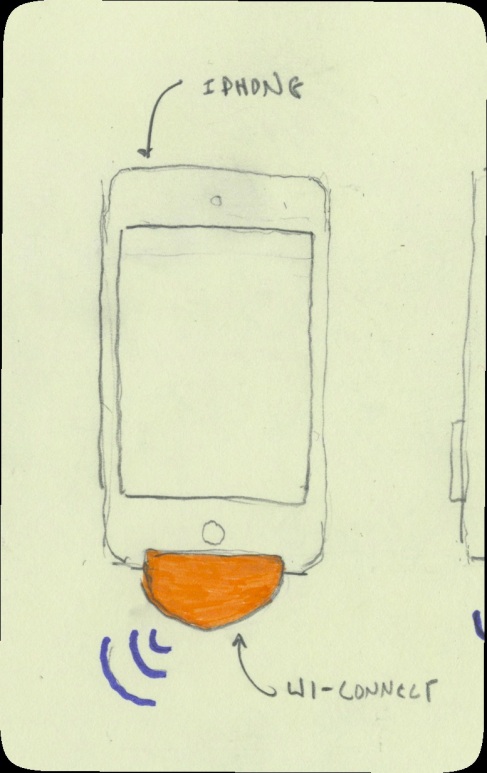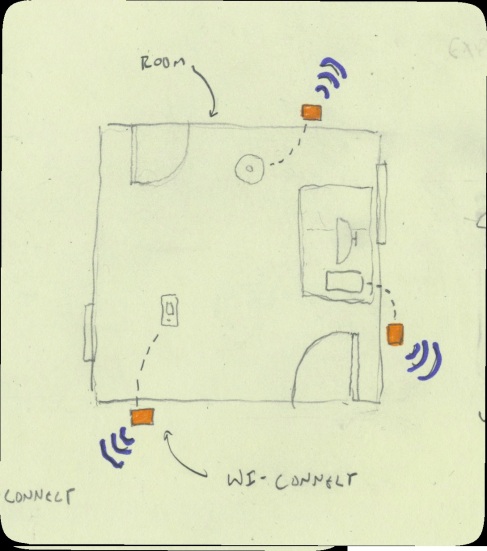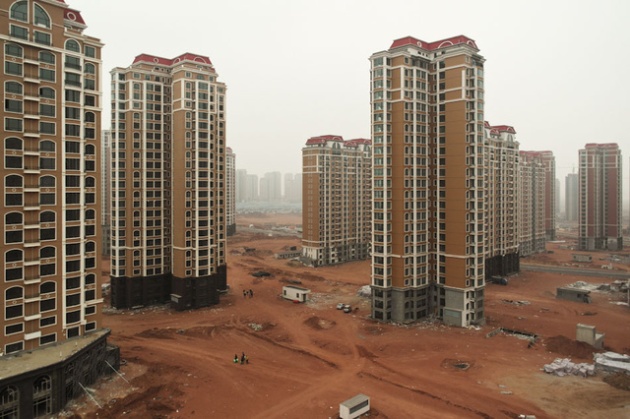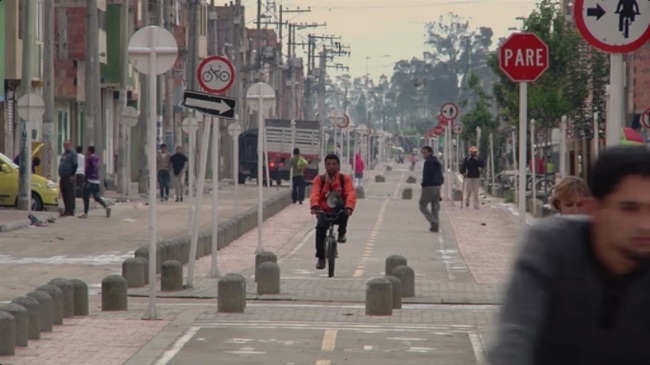Throughout this semester, mass and public transportation systems have been on my mind in terms of exploring alternative approaches to getting people where they need to be, as well as the organization of major built systems around the world in correspondence with ecological thinking. I was having difficulty choosing a specific case study so I’ll compare and contrast Copenhagen’s Bicycle culture, the “Uber” Taxi alternative app, and the latest phenomenon of “driverless cars”. This part of human culture is intriguing, as it sets the stage for so much of the built fabric of our world as highways and streets are paved and buildings are spaced out along them in optimized ways for vehicular traffic. These 3 alternatives are making it less of a standard to own a car, and drive it every day – as is still the current custom in the united states.
Bicycle Culture, Copenhagen
Copenhagen, specifically, is world renown for their emphasis placed on bicycle infrastructure.
Every day, 750,000 miles are cycled in Copenhagen
36% of all citizens commute to work or school via bicycle
More people commute by bicycle in greater Copenhagen, than cycle to work in the entirety of the U.S.
The culture itself has accepted commuting by bicycle as a better standard than cars, as cars are less healthy, and sustainable. In the united states however, there is still a prominent stigma that discourages bicycle usage on streets.
Copenhagen includes 220 miles of curb segregated cycle tracks, 14 miles of on street cycle lanes and 27 miles of off-street bicycle routes.
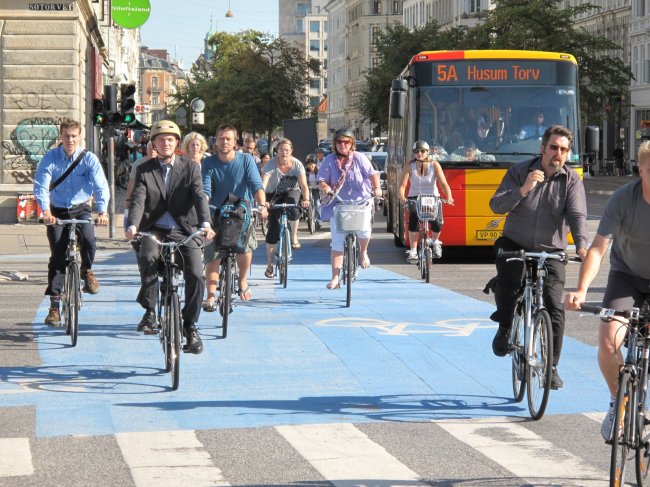
The European bicycle culture has already begun to leak into cities in the united states such as Portland and Seattle, but major cities such as San Francisco (start-up location of my next case study, “UBER”) continue to be dominated by vehicular traffic.
The Uber App
The UBER smartphone app is a recently developed Taxi alternative where you can easily access a ride from ridesharing services for a realistic price. So it is both easier to obtain and easier to afford, as contrasted by previous taxi methods that has made hailing a taxi a worse option than owning a car.
A few of Uber’s publicized features include:
– ease of use (“one tap to ride”)
– reliable pickups
– clear pricing
– cashless and convenient
– importance of customer feedback
– ability to split a fare between users
All of these make it much easier to use Uber as a transportation alternative, and help push out the idea that every body needs to own their own car- hence reducing the overall amount of cars on the road.
Uber has also been given attention for having the potential to reduce the threat of drunk drivers on the roads, as more drivers will have easy access to a safe ride home, rather than getting behind the wheel of a car late at night.
Google’s Driverless Car
My last example of transportation alternatives is the recently emergent “driverless car”. This concept is significant for it revolutionizing of the individual’s transportation system- further decreasing the expectation and necessity for everyone to own their own car.
Statistic: cars sit idol 96% of their life
This is the very definition of unsustainable, and the driverless car aims to confront this problem by creating a new kind of car-sharing network in which driverless cars provide public and personalized transportation. This doesn’t necessarily result in people relying less on the automobile, but it would significantly cut down on the amount of vehicles in circulation, which accounts for a major percentage of the overall environmental and ecological harm caused by car production.
This project also deals with ecology on greater levels than environmental related sustainability, as it would assist people with any handicap to live a more functional lifestyle as their transportation would no longer be as big of a problem.
